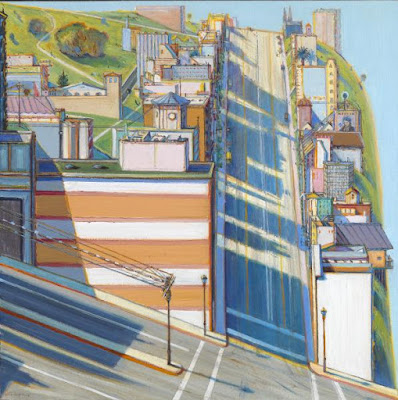View in browser
Granted, cleaning up is a lot less fun than painting. All that said, it's hard to start a new painting when your studio is a mess—especially your brushes.
Recently, a reader asked me about brush cleaning: How do you clean brushes while painting, especially when switching from one color to another? Also, she has become very ill, and her doctor, who has made many tests, believes that mineral spirits are the cause. What other option, she asked, does she have for cleaning brushes?
First, let me address the cleaning of brushes while painting. I generally have two of each size of brush. This lets me keep one for light (or warm) colors and the other for dark (or cool) colors. With my light brush, so long as the colors are on the same side of the color wheel, I don't clean my brush between colors. I can go from one tint to another without making mud. Likewise, with my dark brush, I can go from one shade to another without trouble. The only time I rinse my brush is if I am going from one color to its complement or near-complement. For example, if I need my brush to go from dark blue to a dark orange, I may first wipe it with a paper towel and then give it a swish or two in the Gamsol to rinse out some of the “loose” color.
That's the theory, anyway. Sometimes I just paint with one or two brushes. I'm pretty good at not making mud, even with such a limited number.
As for cleaning brushes when done, I first wipe off as much paint as I can with a paper towel, and then I swish it in the Gamsol until it is reasonably clean. I rarely go beyond this step to clean my brushes. If I'm painting all week, every day, as at a competition, I will more thoroughly clean the brushes mid-way through the week with Murphy Oil Soap.
If you're sensitive to mineral spirits, you might try rinsing the brushes in a non-drying oil, such as baby oil. But you must get as much of the oil out as you can before painting again—a non-drying oil will affect the drying time of the linseed or safflower oil in your paint. Another option is walnut oil. It's a drying oil, but it will, if not removed from the brushes, gum up the hairs. So you must wash out as much of that as you can, too.
One final option: move to either acrylics or water-miscible oils. I have been using the Cobra water-miscible oils, and I like them. You do need to use the Cobra medium when you want to thin them, however, otherwise they clump.
















